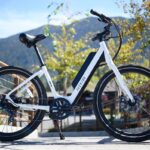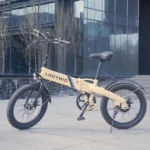Volvo’s Hybrid Strategy Delays 2030 All-EV Commitment
Volvo has recently adjusted its ambitious goal of becoming a fully electric vehicle (EV) manufacturer by 2030. The Swedish automaker now anticipates selling hybrid models alongside electric vehicles by the end of the decade, shifting from its previous all-electric strategy. This move reflects the evolving market dynamics and global challenges faced by the automotive industry.

Market Changes and Challenges
When Volvo first announced its 2030 all-EV goal, the global outlook for electric vehicles was optimistic. However, CEO Jim Rowan explained that shifting market conditions, including reduced EV demand and rising tariffs, prompted the company to reassess its strategy. Notably, tariffs on Chinese-made electric cars, which have surged in the U.S. and Europe, have significantly impacted Volvo’s production costs, as the company operates several factories in China.
Slow Electrification Pace
Volvo acknowledges that the adoption of electric vehicles has been slower than anticipated in many regions. While markets like Norway and California have made significant progress in EV adoption, other areas, particularly Southern Europe and parts of the U.S., lag behind. Additionally, the removal of government subsidies for EVs, such as those in Germany, has led to declining demand across Europe.
Commitment to Electrification Remains
Despite this shift, Volvo remains committed to an electric future. The company aims for 90% of its sales to come from battery-electric and plug-in hybrid models by 2030. CEO Jim Rowan highlighted that while the timeline for full electrification has been extended, Volvo continues to invest heavily in EV technology, particularly in improving battery efficiency and electric propulsion systems.
A Pragmatic Approach
Volvo’s decision to integrate hybrids into its lineup reflects a more pragmatic approach to the transition to electric vehicles. With varying adoption rates across global markets, the automaker recognizes the need for flexibility in meeting customer demands while navigating the challenges of a rapidly changing industry.
In conclusion, Volvo’s hybrid strategy is a response to market realities, but the company’s long-term vision of an electric future remains intact. As technology improves and market conditions evolve, Volvo continues its journey toward electrification, albeit at a more measured pace.
















